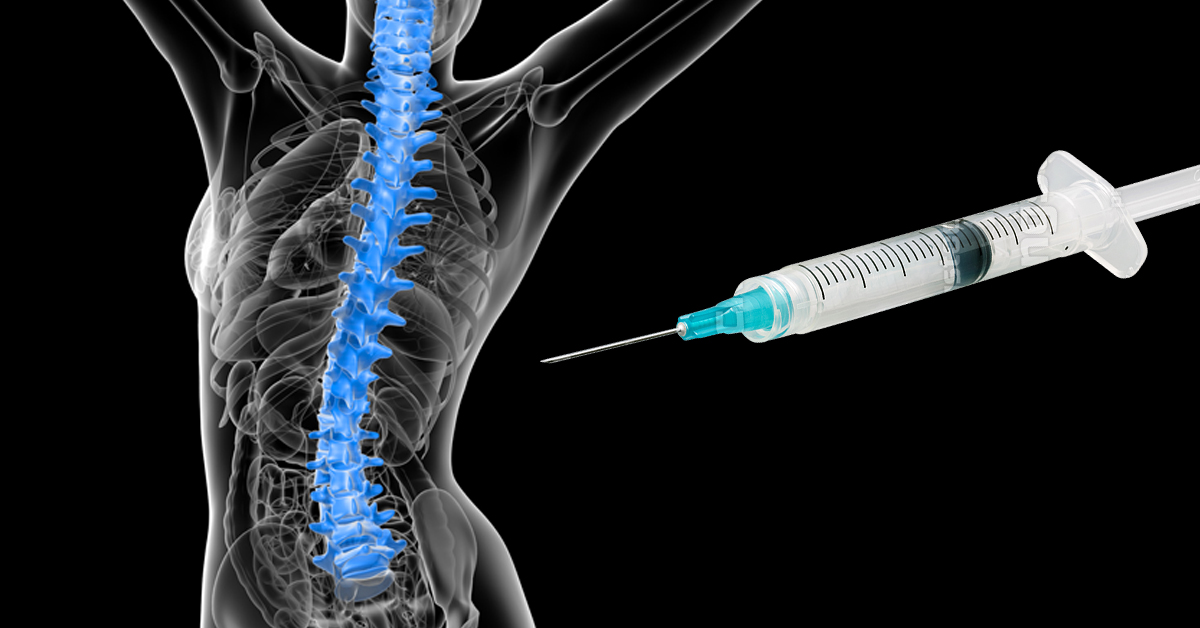Neurolytic Lumbar Facet Block is a procedure that uses an injection to reduce pain arising from the lower back

What is a Neurolytic Lumbar Facet Block?
Neurolytic lumbar facet block is a procedure where the nerve fibers that are present around the lumbar facets are injected in order to reduce pain that is arising from the lumbar facet. The procedure is minimally invasive, safe and fairly effective, with effects lasting up to 6 months or so. Many patients have reported good recovery of symptoms and find that their quality of life improves significantly. Patients may require future injections if the pain recurs.
Who needs a Neurolytic Lumbar Facet Block?
The lumbar facet is a part of the lumbar vertebra which protrudes out on either side of the body. Due to constant stress and strain, it can get injured and can cause significant lower back pain. This pain can occur due to inflammation or local swelling of the nearby structures and of the facet joint.
What are the steps in a Neurolytic Lumbar Facet Block?
Preparing for the Procedure
The procedure can take anywhere between 30 min to an hour and after the procedure, the patient is observed for a short while and is discharged home. After obtaining the patient's consent, the area of the back where the procedure is to be performed is cleaned with an antiseptic solution and local anesthetic is administered into the skin and underlying tissues. Patients may be given mild sedation and on rare occasions a general anesthetic may be used.
Identifying the Injection Location
Under the guidance of an x-ray machine called a fluoroscope, the ideal location for the injection is identified.
Performing the Injection
A needle is then passed all the way through the skin and muscles to the facet joint. A combination of a local anesthetic along with steroids is injected into the facet joint and the nearby nerves.
After Surgery
Following the injection, patients usually experience a great deal in reduction of pain which is primarily due to the local anesthetic. The steroid can take a short while to exert its effects and the overall effect can last for a few months.
The procedure is fairly minimally invasive and rarely causes any complications. Patients experience a good degree of reduction of pain following the procedure. As the procedure is performed under x-ray guidance, the chances of any complications are rare. Patients may complain of mild discomfort around the area of injection but this usually passes after a short while. Allergic reactions to the local anesthetic are uncommon. Patients may have mild bleeding and bruising at the site of injection which heals in a couple of days.




